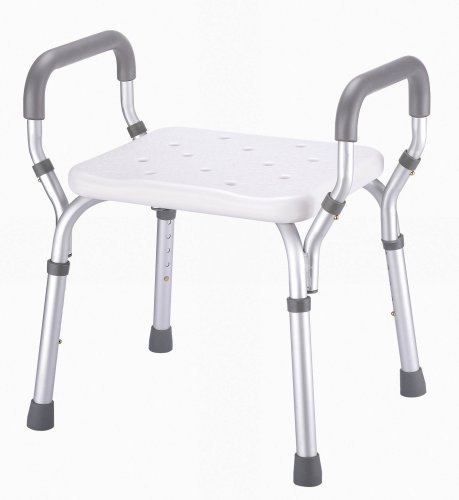Improving lighting to prevent falls in the home
Lighting is an often overlooked contributor to indoor falls. Especially around stairs and narrow hallways, you want to ensure the lighting is adequate and consistent from room to room. But it’s also important to note that brighter isn’t always necessarily better. Instead, focus on creating lighting that is consistent in both brightness and color temperature. Take a look at how smart lightbulbs can improve lighting throughout your home.
Invest in the right shoes
Footwear is another commonly overlooked factor when trying to prevent falls. The right shoes will fit comfortably enough to provide all-day support and will offer a little more traction than walking around the house barefoot. Here are some footwear characteristics that can help decrease fall risk for your loved ones living at home:
- Ample support around the ankle
- Rigid rubber sole that grips well on any kind of surface
- Hook-and-loop fasteners to ensure a good fit
- Heels elevated no more than one inch off the ground
Nonslip socks
For a more comfortable, albeit slightly less protective alternative, you can buy nonslip socks that have grips on the bottom to improve traction and prevent falls on hard surfaces.
If it’s difficult to move around the house without grabbing walls or furniture, a cane can provide just enough support to safely navigate the house. For even more stability, a walker can mitigate much of the fall risk that comes from moving about. That said, the walker isn’t quite as versatile when it comes to navigating tight spaces or narrow hallways.









